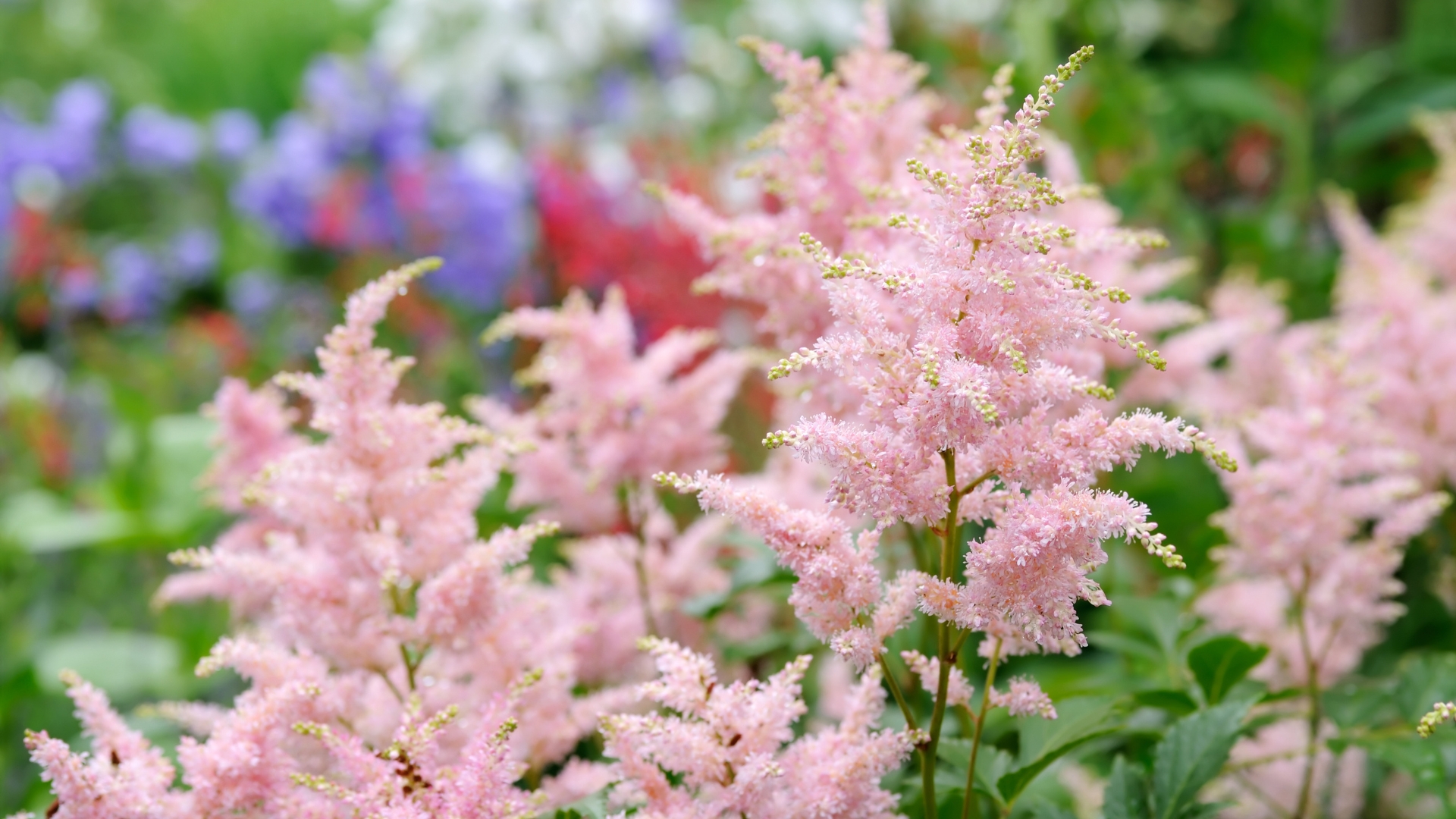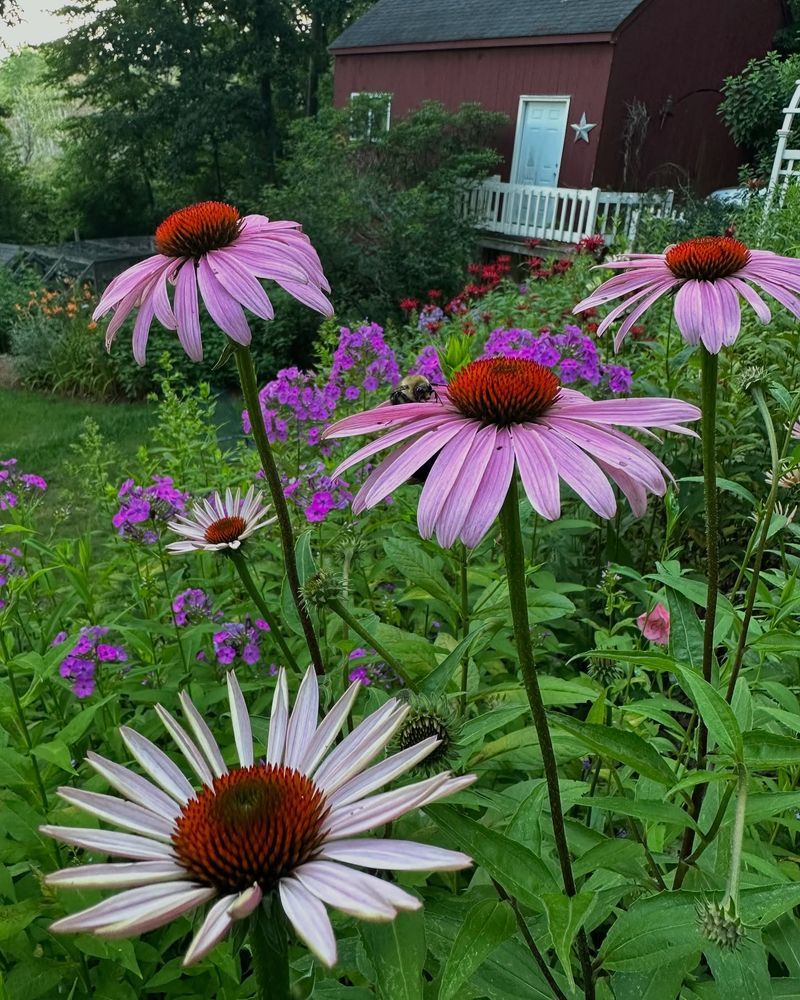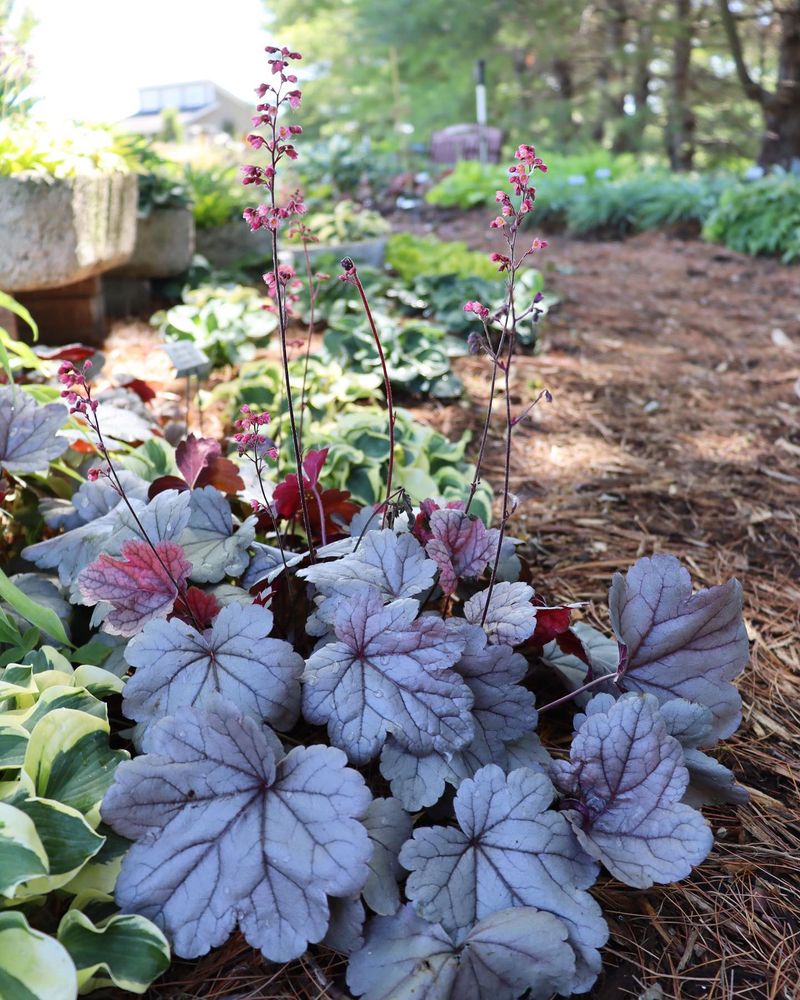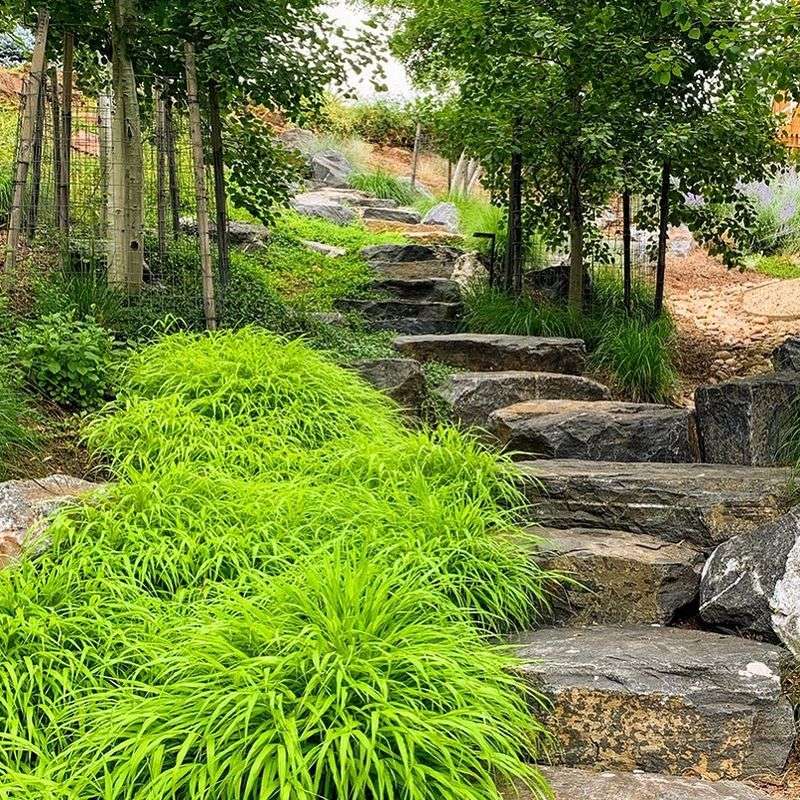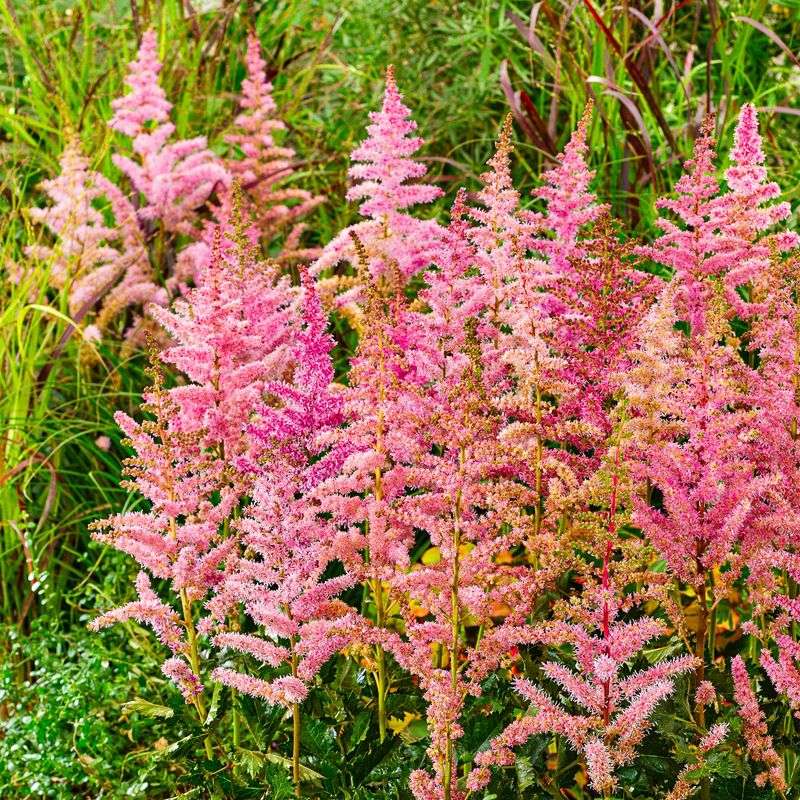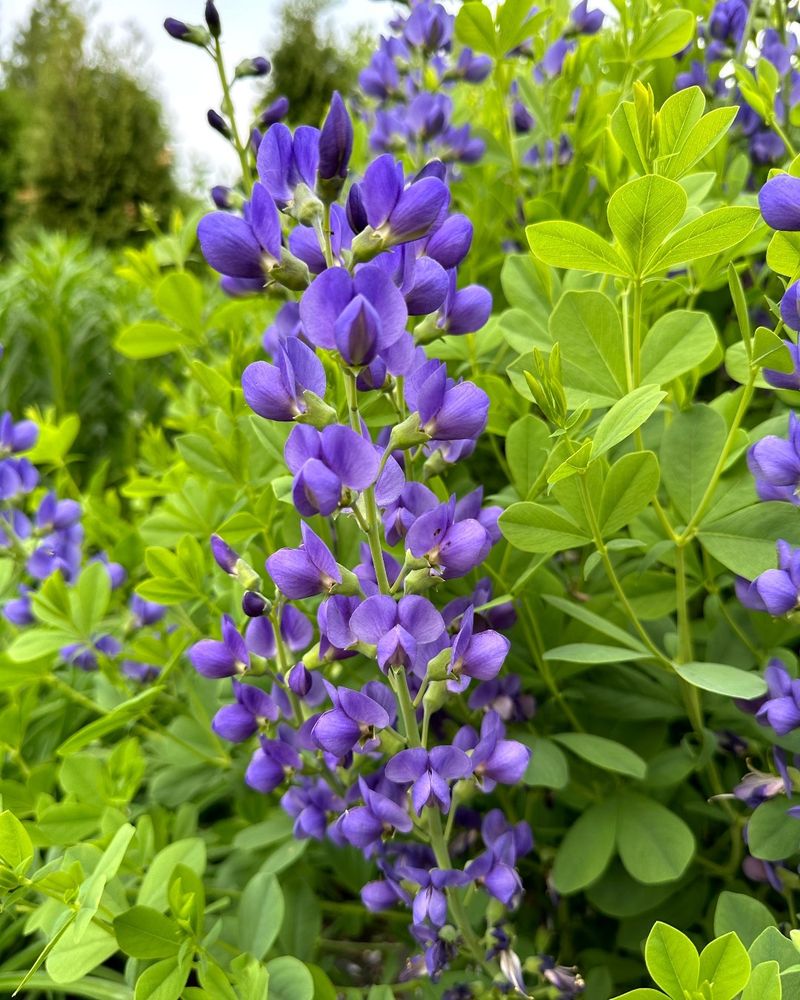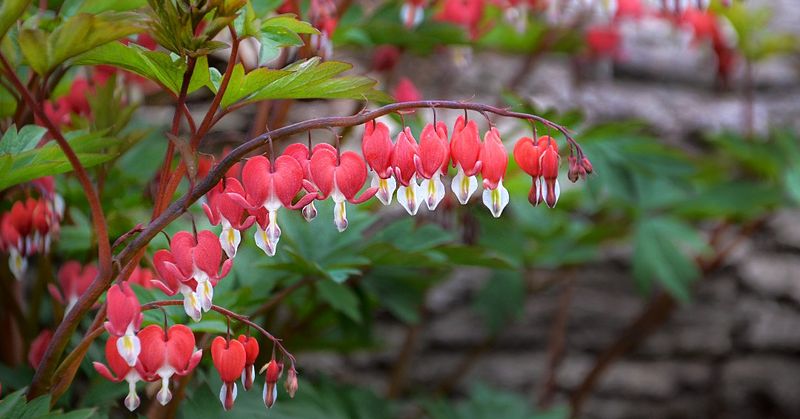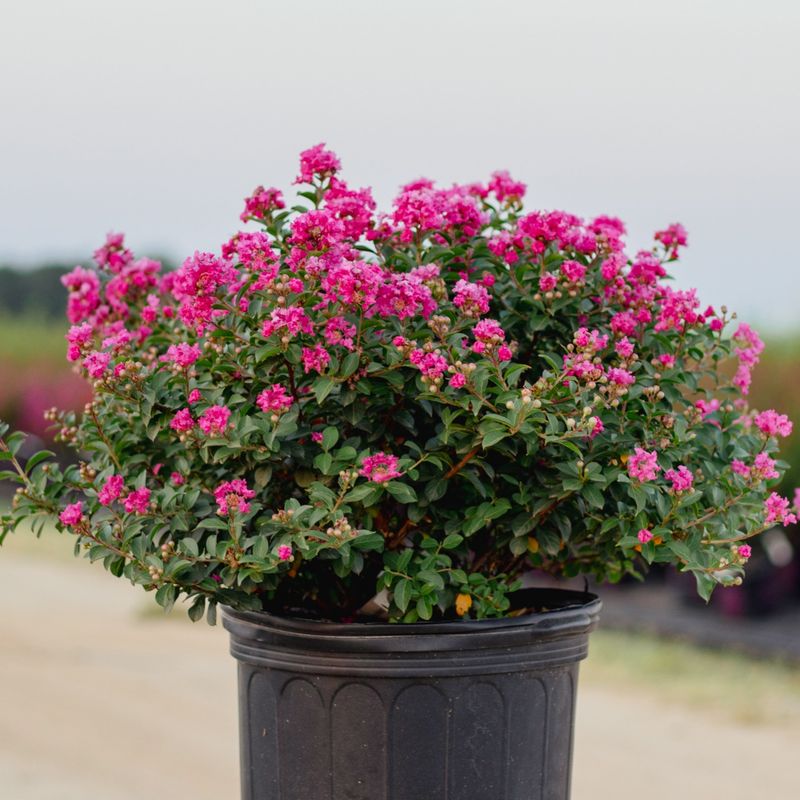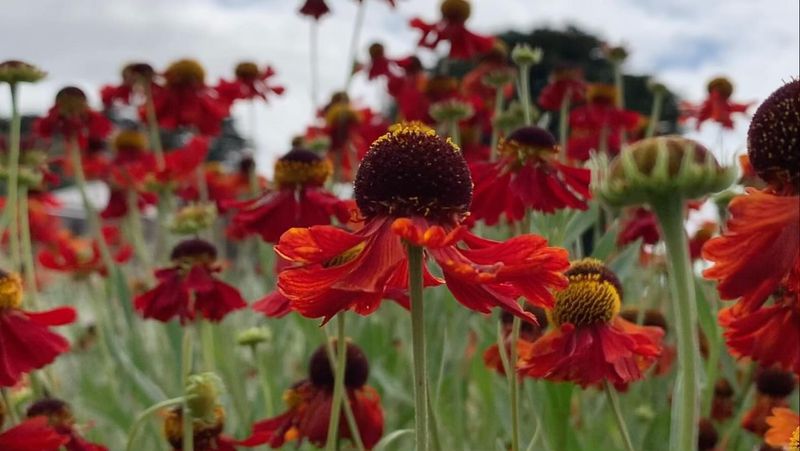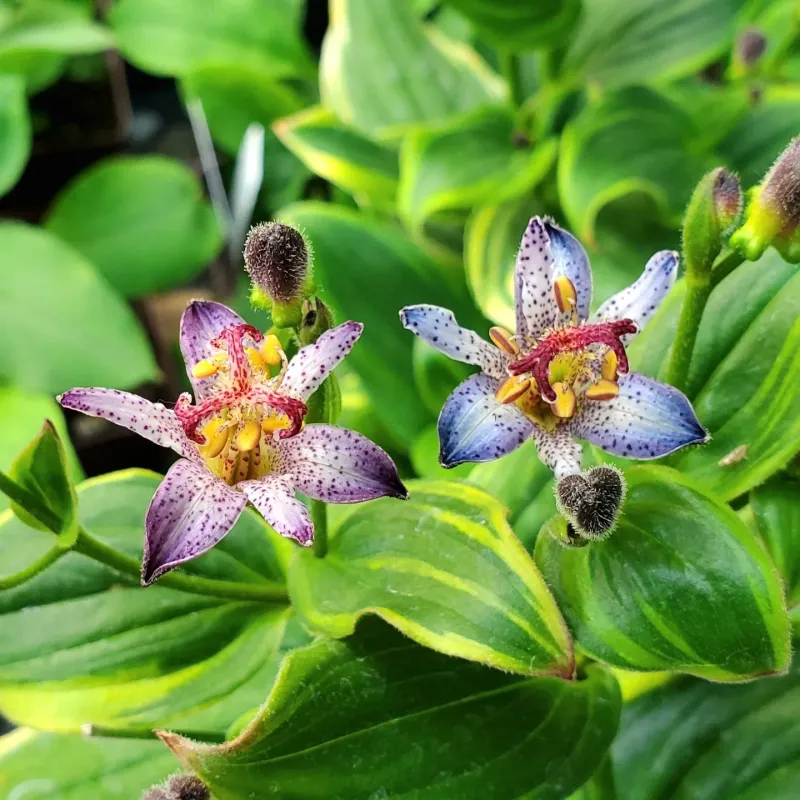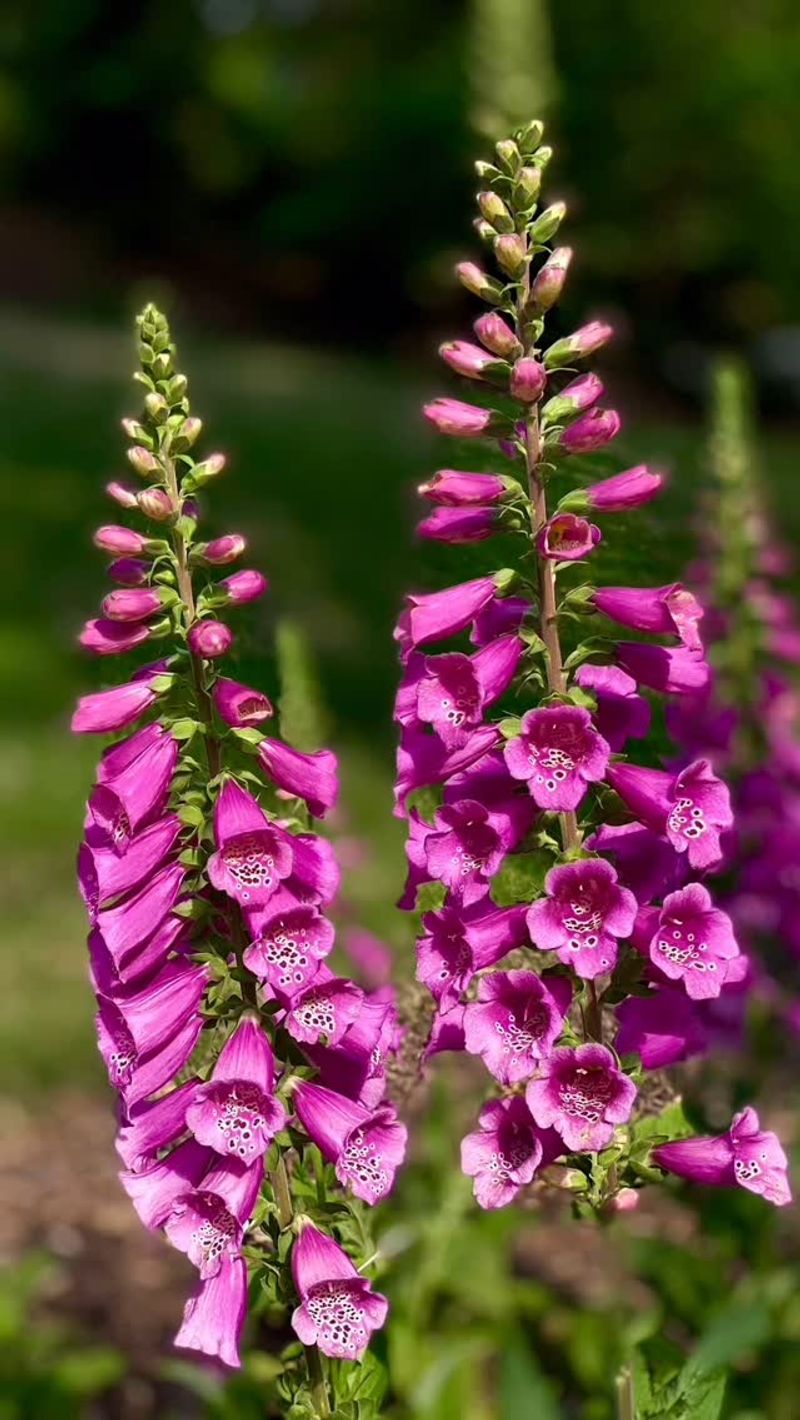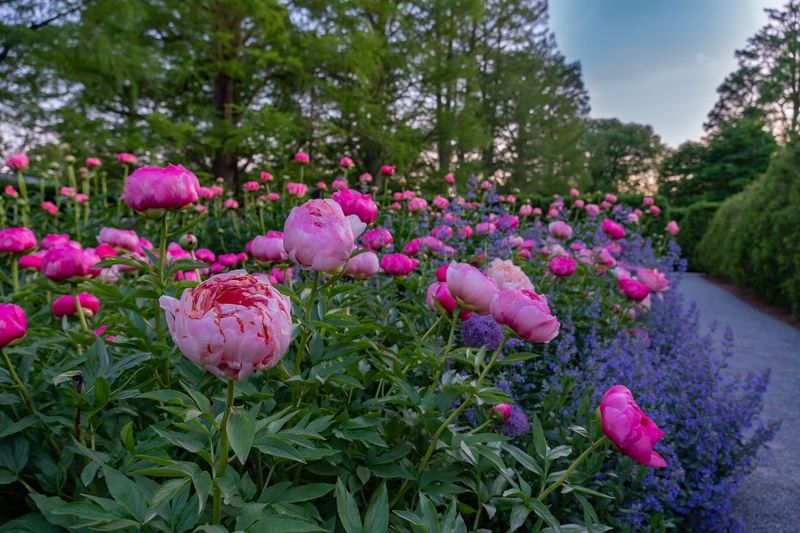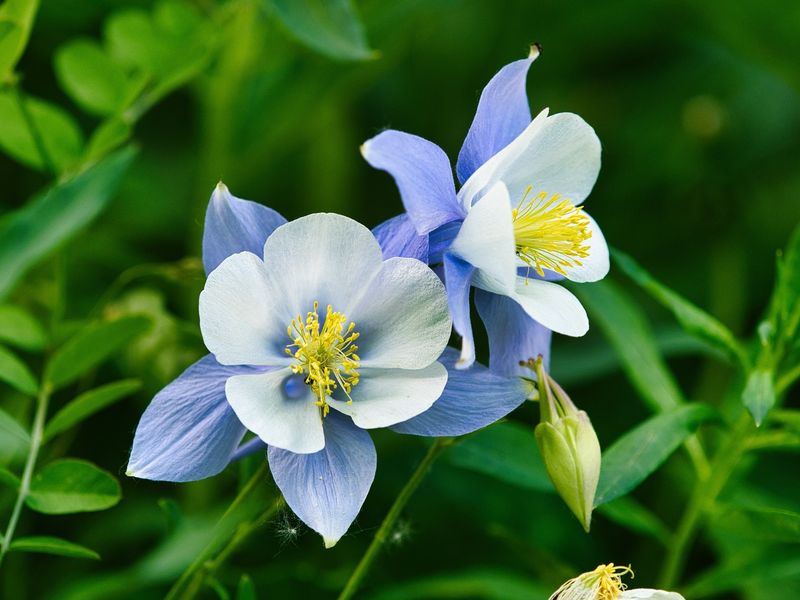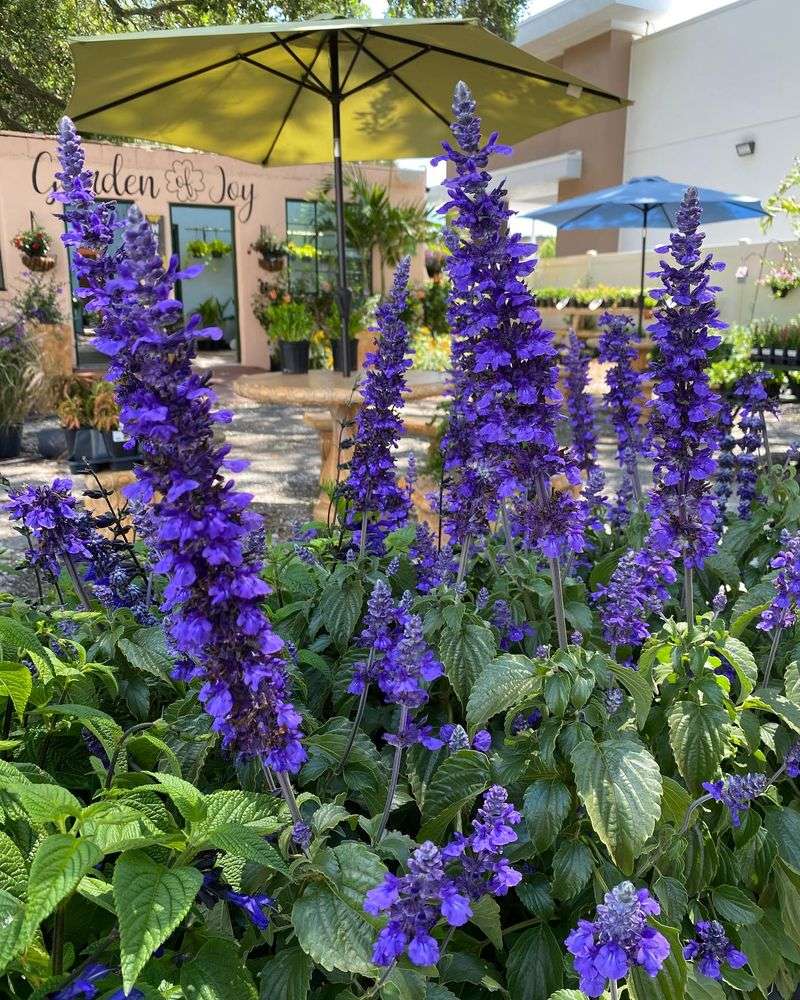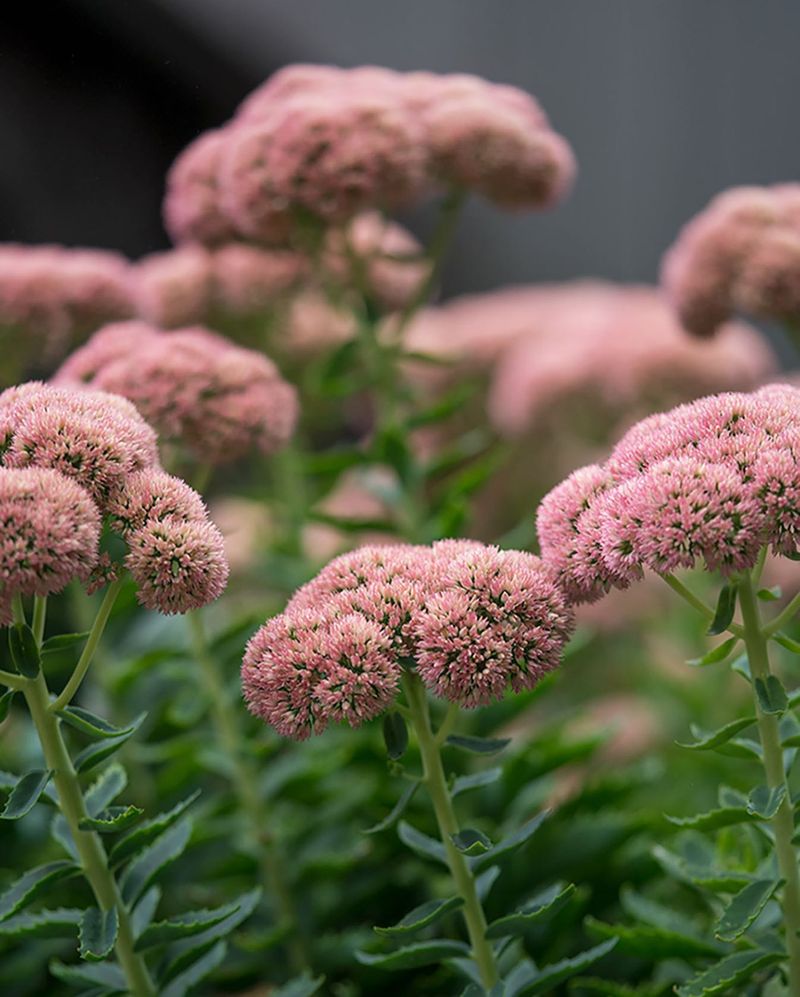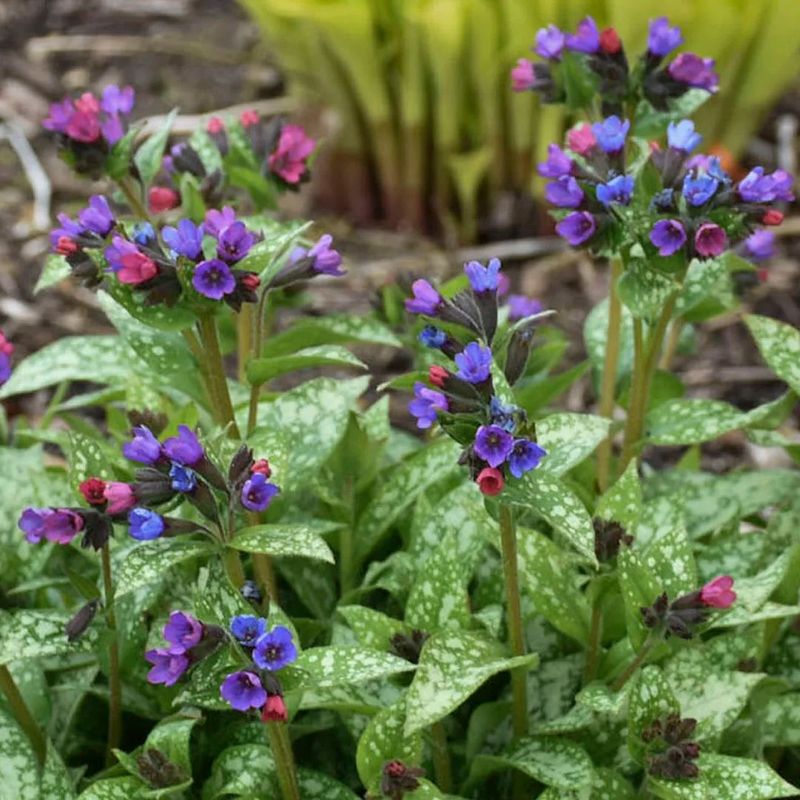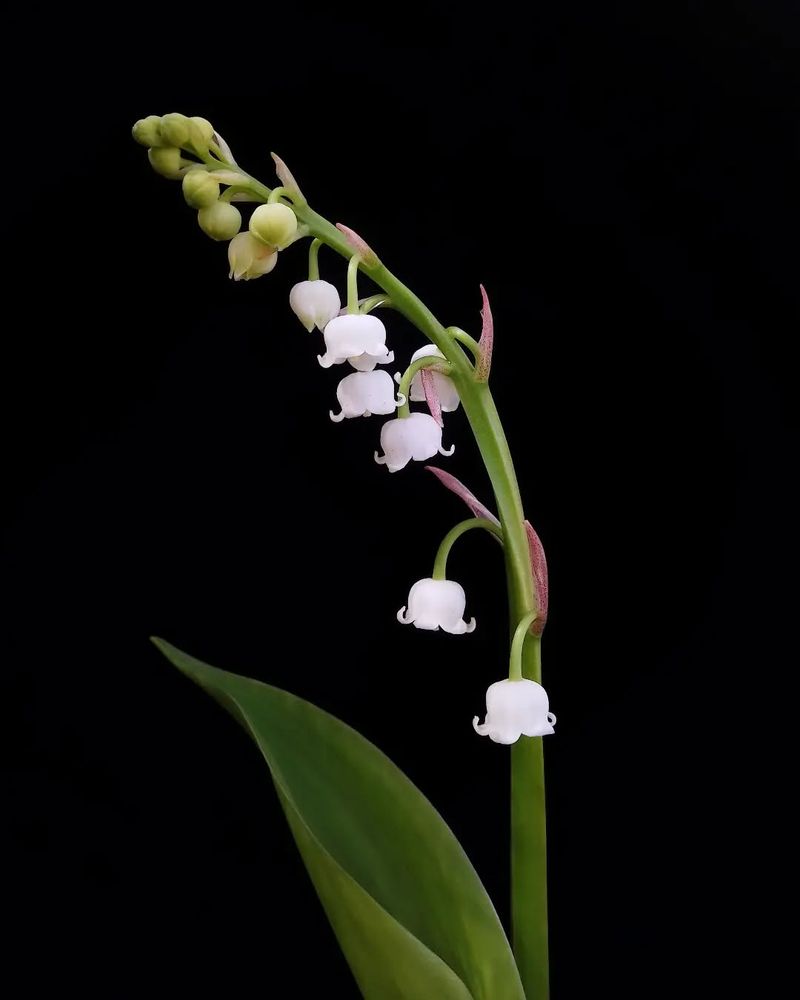Looking for plants that won’t take over your garden or home? These 17 non-invasive beauties are the perfect addition to any space, whether you’re a gardening pro or just starting out.
No need to worry about them spreading like wildfire—these plants are as chill as they come. With a little care, they’ll add color and life to your space without crowding out the other plants.
So go ahead and grab one (or two) from your local nursery—these plants won’t bite!
1. Coneflower
Standing tall in summer gardens with their distinctive center cones, these native beauties attract butterflies by the dozen. Coneflowers come in purple, white, yellow, and even fiery orange varieties, all offering the same well-behaved growth habit.
Their drought tolerance makes them perfect for busy gardeners who might occasionally forget to water. Plus, they’ll return year after year with minimal care, slowly forming tidy clumps rather than aggressive spreaders.
2. Coral Bells
Gorgeous foliage takes center stage with these low-growing perennials. Coral bells offer leaves in stunning shades from lime green to deep burgundy, creating year-round interest even when not flowering.
The delicate flower stalks rise above the colorful leaves like sprays of tiny bells, attracting hummingbirds while staying perfectly contained. Their compact growth habit means they’ll form neat mounds without spreading aggressively or requiring constant maintenance.
3. Japanese Forest Grass
Cascading like a golden waterfall in shady spots, this ornamental grass brings movement and light to dark corners. Japanese forest grass forms graceful arching clumps that gently sway with the slightest breeze.
The variegated varieties offer stunning gold and green striped foliage that seems to glow in woodland settings. Best of all, it stays right where you plant it, slowly expanding into a polite clump without sending runners everywhere.
4. Astilbe
Feathery plumes rise from lacy foliage in shaded gardens where few flowering plants thrive. Astilbes offer spectacular blooms in shades of pink, red, lavender, and white, all while maintaining a respectful footprint in your garden beds.
Their fern-like foliage provides texture even after the flowers fade. Unlike many shade plants that can take over, astilbes form neat clumps that expand slowly, making them perfect companions for hostas and ferns in woodland gardens.
5. Baptisia
Resembling small shrubs with their robust form, these native prairie plants bring structural elegance to perennial borders. Baptisia develops into impressive clumps with blue-green foliage topped by spikes of pea-like flowers in blue, yellow, or white.
The deep taproot makes these plants extremely drought-tolerant once established. Unlike many prairie plants that can spread aggressively, baptisia stays in a well-mannered clump, slowly expanding year after year without becoming invasive.
6. Bleeding Heart
Dangling heart-shaped blooms appear like delicate jewelry on arching stems each spring. Bleeding heart brings romantic charm to woodland gardens with its unique flowers in pink or white, creating a fairytale atmosphere beneath trees.
After flowering, the plants may go dormant in summer heat, making them perfect companions for later-emerging perennials. Their well-behaved nature means they’ll form tidy clumps that expand slowly without overwhelming neighboring plants.
7. Dwarf Crape Myrtle
Bursting with color in summer when many flowering shrubs have finished, these compact beauties offer months of blooms. Dwarf crape myrtles reach just 3-4 feet tall, perfect for smaller gardens or as container specimens on patios.
Their smooth, peeling bark adds winter interest when the flowers are just a memory. Unlike their larger cousins that can sometimes spread by suckers, these dwarf varieties stay exactly where you plant them, creating tidy mounds of color.
8. Foamflower
Delicate white flowers rise like frothy clouds above attractive maple-shaped leaves in spring. Foamflowers create a magical groundcover effect in woodland settings, thriving in the same conditions where many aggressive plants might take over.
The semi-evergreen foliage often develops beautiful burgundy markings in cooler weather. These native woodland plants form slow-spreading clumps that fill in nicely without becoming thuggish or requiring constant maintenance to keep in bounds.
9. Helenium
Dancing in late summer breezes, these daisy-like blooms bring a riot of warm colors when many gardens start to fade. Helenium offers flowers in rich yellows, oranges, and reds, often with distinctive button-like centers that add textural interest.
Their upright stems make perfect cutting flowers for late-season bouquets. Unlike some late-blooming perennials that can become garden thugs, helenium forms well-behaved clumps that expand slowly without sending runners or self-seeding aggressively.
10. Toad Lily
Exotic-looking spotted blooms appear in fall when most other flowers have finished their show. Toad lilies feature unusual orchid-like flowers speckled with purple dots that seem to float among the arching stems.
Their preference for shade makes them perfect companions for hostas and ferns in woodland gardens. Despite their exotic appearance, these Asian natives behave impeccably in the garden, forming slow-growing clumps without spreading aggressively.
11. Foxglove
Towering spires of tubular flowers create vertical drama in cottage gardens and woodland edges. Foxgloves produce bell-shaped blooms in shades of purple, pink, white, and yellow, often with speckled throats that attract bumblebees.
While technically biennial, they often self-seed just enough to maintain their presence without becoming weedy. The rosettes of fuzzy leaves add textural interest even when the plants aren’t flowering, making them year-round garden contributors.
12. Peony
Luxurious blooms with intoxicating fragrance have made these long-lived perennials garden favorites for generations. Peonies offer enormous flowers in shades from pure white to deepest burgundy, with many sporting ruffled petals that resemble tissue paper.
Their woody stems emerge each spring, growing rapidly to support the heavy blooms. Once established, these heirloom beauties can live for decades in the same spot, forming larger clumps very slowly without spreading beyond their allotted space.
13. Columbine
Dancing above delicate foliage on wiry stems, these unique flowers resemble tiny tropical birds in flight. Columbines feature spurred blossoms in virtually every color combination imaginable, from pure whites to deep purples and bicolors.
Their fern-like foliage provides texture even when not in bloom. Though they self-seed modestly, the seedlings are easy to remove if they appear where unwanted, making them polite garden residents rather than aggressive spreaders.
14. Salvia
Buzzing with bees and hummingbirds from spring through fall, these aromatic perennials earn their keep in sunny gardens. Salvias produce spikes of tubular flowers in blues, purples, reds, and whites, all irresistible to pollinators.
The scented foliage deters deer and rabbits while adding sensory interest. Unlike mint family relatives that can run rampant, garden salvias form well-behaved clumps that expand slowly, maintaining their designated space in the garden.
15. Sedum
Succulent foliage in blues, greens, and purples creates year-round interest even before the flowers appear. Sedums offer drought-tolerant charm with their fleshy leaves arranged in geometric patterns, perfect for hot, dry spots.
Late summer brings clusters of tiny star-shaped flowers that attract butterflies by the dozens. Their well-behaved growth habit means they’ll slowly form larger mats or mounds without invading neighboring plants’ territory.
16. Lungwort
Dappled with silver spots like a starry night sky, the foliage of these shade-lovers brightens dark corners all season. Lungworts feature eye-catching leaves that look as if someone splashed them with white or silver paint.
Early spring brings clusters of bell-shaped flowers that transition from pink to blue as they mature. Their compact growth habit means they’ll form tidy clumps that expand slowly without becoming garden thugs.
17. Lily of the Valley
Sweetly scented bell-shaped flowers dangle above glossy green leaves in spring’s magical moments. Lily of the valley creates a perfect groundcover for shady spots where grass won’t grow, offering weeks of perfumed blooms.
The arching stems of flowers make charming miniature bouquets for small vases. While they do spread by underground rhizomes, they move slowly enough to be easily controlled, making them well-mannered shade garden residents.

